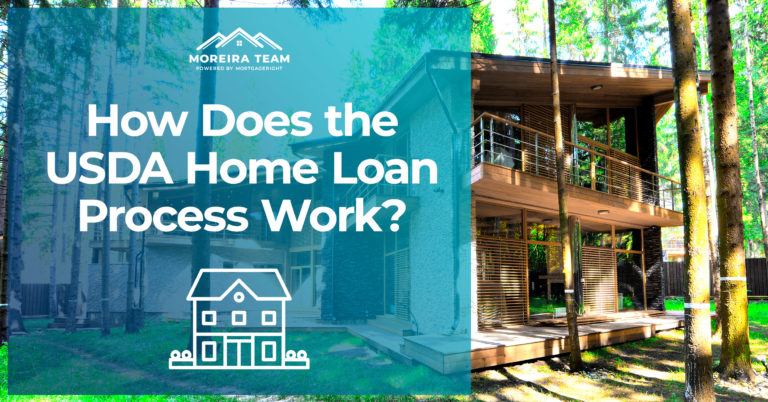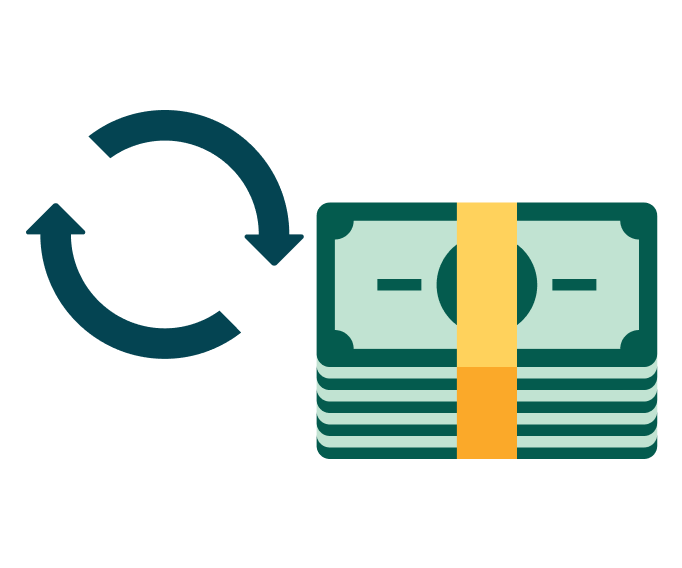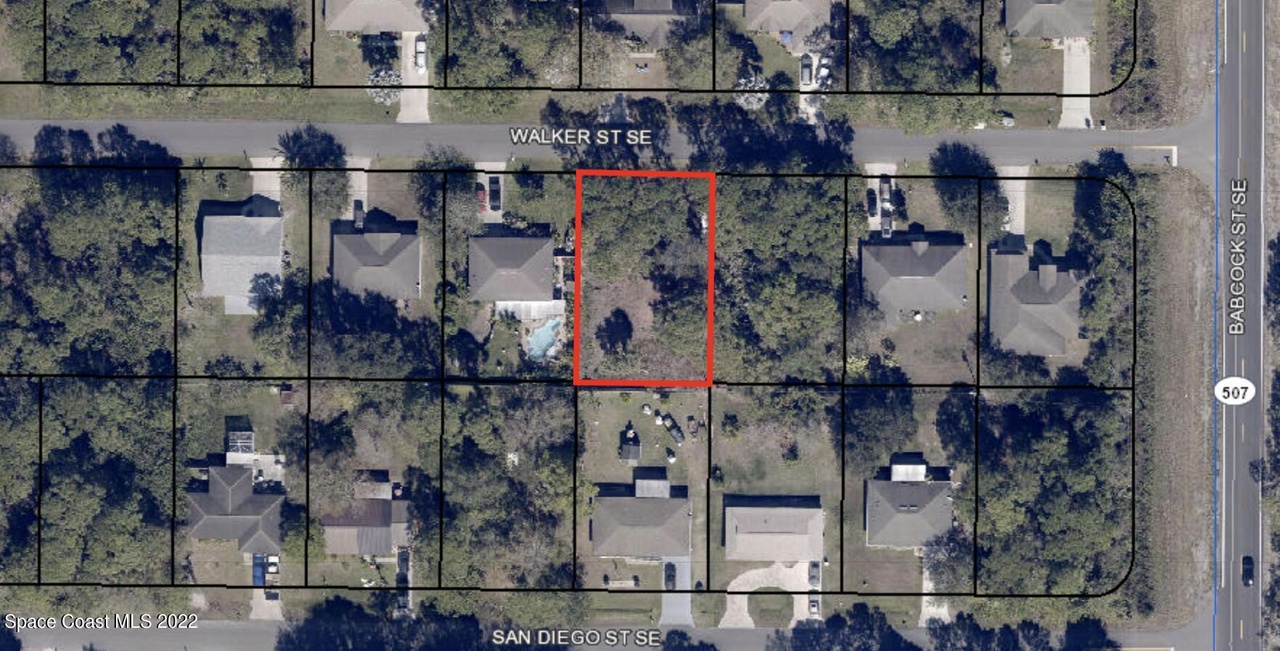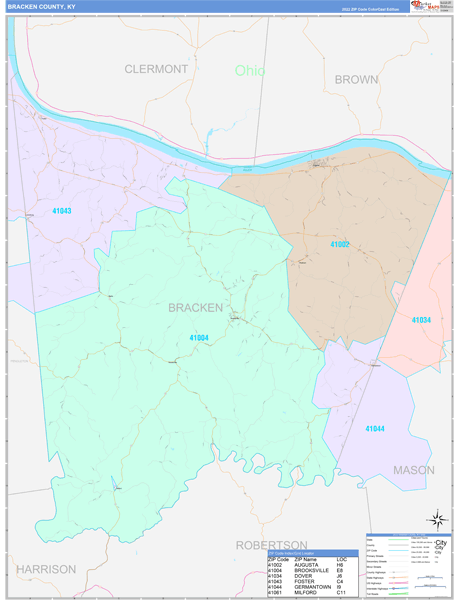Table of Content
With a HELOC, you are granted access to the agreed-upon amount of cash, but you withdraw only what you need when you need it. So you might withdraw $10,000 now to remodel your kitchen and another $10,000 next year to remodel your bathrooms. Or you may not withdraw any cash at all, simply keeping the account open in case of a layoff or furlough. Each month, you pay interest only on the amount you’ve withdrawn—or pay nothing if you haven’t withdrawn any money.

Doretha Clemons, Ph.D., MBA, PMP, has been a corporate IT executive and professor for 34 years. She is an adjunct professor at Connecticut State Colleges & Universities, Maryville University, and Indiana Wesleyan University. She is a Real Estate Investor and principal at Bruised Reed Housing Real Estate Trust, and a State of Connecticut Home Improvement License holder. You must pay off all second liens on your home before you can refinance. Lenders will require a home appraisal before approving a cash-out refinance. Lenders will require a home appraisal before approving a home equity loan.
What Are the Risks of Defaulting on a Home Equity Loan vs a Life Insurance Loan?
Outside the digital world, Marc can be found spinning vinyl, threading reel-to-reel tapes, shooting film with his Bolex and hosting an occasional pub quiz. In addition, the cash-out refinance allows you to take out up to 80% of your home's value – and you can deduct the mortgage interest on your federal tax return. With high mortgage rates, inflation and home prices, many potential buyers and sellers are sitting it out. But that doesn’t mean Americans aren’t making use of their homes for cash. A HELOC is a revolving, open line of credit at your disposal, which functions much like a credit card — you are able to use it as needed. The best loan depends on your financial situation, including your income, credit and how much home equity you have.
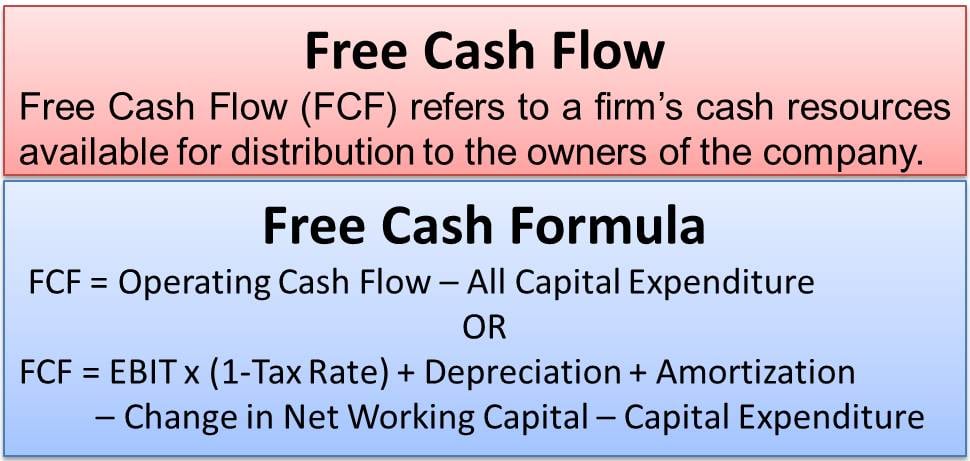
Editorial opinions are ours alone and have not been previously reviewed, approved, or endorsed by our partners. Editorial content from NextAdvisor is separate from TIME editorial content and is created by a different team of writers and editors. Get all of our latest home-related stories—from mortgage rates to refinance tips—directly to your inbox once a week. “A home equity line of credit can take time, because the banks have to go through a traditional lending process, which is going to include a credit check and income check,” Odhrani says.
How do you use home equity?
Yes, I have read and agree to Bank On Yourself’s terms of use, and privacy policy. Qualified financial representatives and licensed insurance agents to become Bank On Yourself Professionals. Sure, you can contact your lender and ask what you can do to restore your line of credit.

It’s calculated by subtracting your outstanding mortgage balance from the value of your home and is expressed as a percentage. For example, if your outstanding mortgage balance is $100,000 and your home is valued at $200,000, you have 50 percent equity, or $100,000, in your home. While this can raise your monthly mortgage payment, interest rates on a refinance are typically lower than for other common types of credit, such as personal loans or credit cards. That makes a cash-out refinance an attractive way for homeowners to borrow money cheaply. Your debt-to-income ratio equals the total of the monthly payments on all of your debts (mortgage, credit cards, auto loans, etc.) divided by your gross (before-tax) monthly income.
What Impacts Home Equity Loan Rates
Meet you wherever you are in your credit card journey to guide your information search and help you understand your options. You may also consider a cash-out refinance, which involves refinancing your current mortgage into a smaller one, and pocketing the difference as cash. You can draw what you need against the line of credit, pay interest only on what you’ve used and then pay it back. HELOCs typically have terms that allow you to repeat that process over a 10-year period.
Interest rates are still historically low, and home values are punching upward, so taking out a home equity line of credit or home equity loan may seem like a sensible financial move. Your home secures the loan, so your home is at risk if you fall behind on your loan repayments. Well, there are two main reasons—lowering the overall cost of your mortgage or releasing some equity that would otherwise be tied up in your house. A cash-out refinance effectively pays out some of the equity in your home as cash—you emerge from the closing with a new mortgage and a check for cash.
The Bankrate promise
To calculate your home equity, subtract your remaining mortgage balance from the current appraised value of your home. How much equity a bank or lender will let you take out depends on a number of additional factors such as your credit score, income and DTI ratio. For most homeowners, it can take five to 10 years of mortgage payments to build up enough tappable equity to borrow against. Because personal loans and home equity loans both have fixed rates and payments you’ll know when you get the loan how much your monthly payment will be over the life of the loan. If you're financing a home improvement project, you can usually deduct interest from a home equity loan or HELOC on your taxes, which isn't the case for personal loans. Home equity loans typically have lower monthly payments because their rates are lower than personal loans, and they’re repaid over a longer period.

Use of this site constitutes acceptance of our Terms of Use, Privacy Policy and California Do Not Sell My Personal Information. NextAdvisor may receive compensation for some links to products and services on this website. A HELOC or home equity loan has both pros and cons to consider before you borrow.
Bankrate follows a strict editorial policy, so you can trust that we’re putting your interests first. Another difference between a cash-out refinance and a home equity loan is the amount of equity that you can access. Usually a cash-out refinance is limited to 80% of your property’s value, while a home equity loan may allow you to access 85% or more of your home’s equity. That could make a difference in how long it takes you to finish repaying your mortgage. When looking at a home equity loan vs. refinance, there are certain situations where a home equity loan can make sense. A home equity loan could be better for homeowners looking to borrow a larger portion of their equity, or who wish to repay the amount they borrow more quickly than their primary mortgage.
You may find this option attractive if you’re looking for a considerably large sum of moneyanda lower mortgage interest rate. If rates are lower than what you pay now by one percent or more, you could notice a positive difference in your monthly cash flow. Whether you opt to shop online with your credit card or use any form of payment with PayPal, you’ll want to take steps to keep your account details as safe and secure as you possibly can. Consider the following tips for safe online shopping that apply either way. Individuals who want to boost their protection for online purchases should know that the same protections for credit cards do not apply to debit cards.
Because they are revolving funds, owners can draw whatever they need from the full credit line amount, and pay interest only on the amounts borrowed. They can also draw and repay funds as often as needed during the life of the line of credit, and can usually take another 10-year period to repay the full amount. Another option is a cash-out refinance, which essentially involves replacing your current mortgage with a larger one and pocketing the difference.

Lenders will rarely allow you to borrow 100% of your equity for a home equity loan. The maximum amount you can borrow varies depending on the lender, but it’s usually between 75% and 90% of the value of the home. As with a cash-out refi, the amount you can borrow will also depend on factors like your credit score, debt-to-income ratio and loan-to-value ratio .
